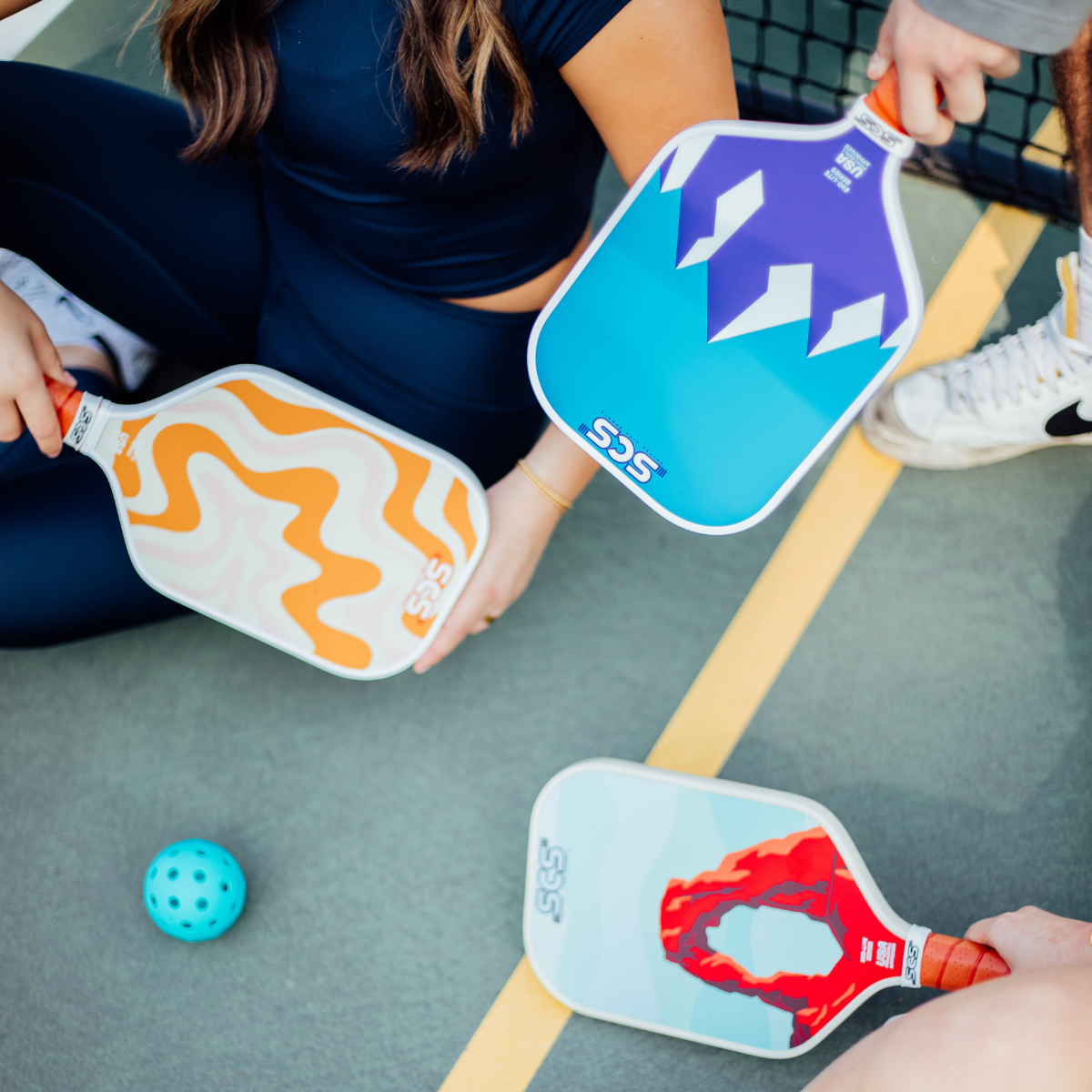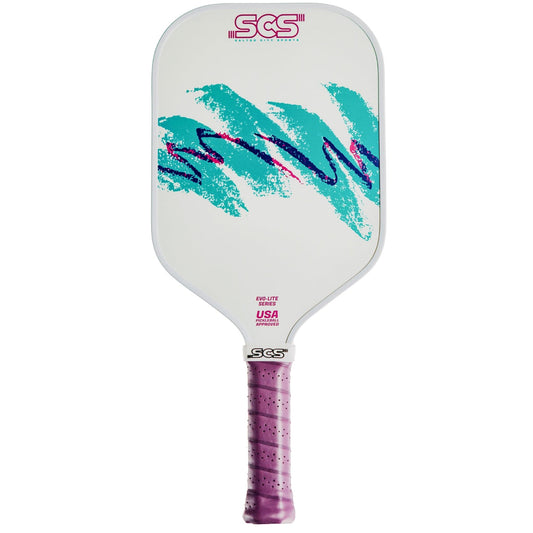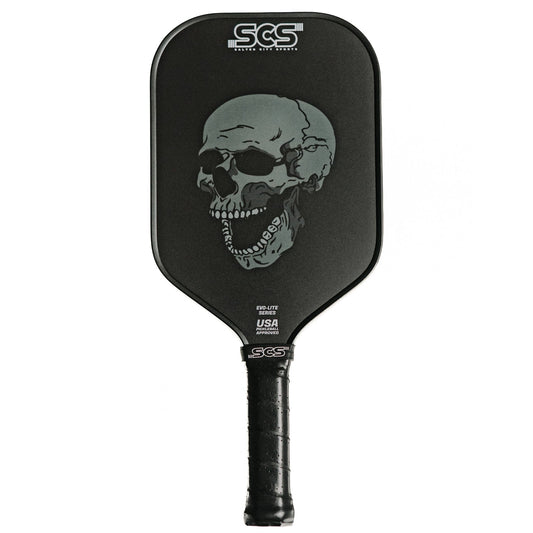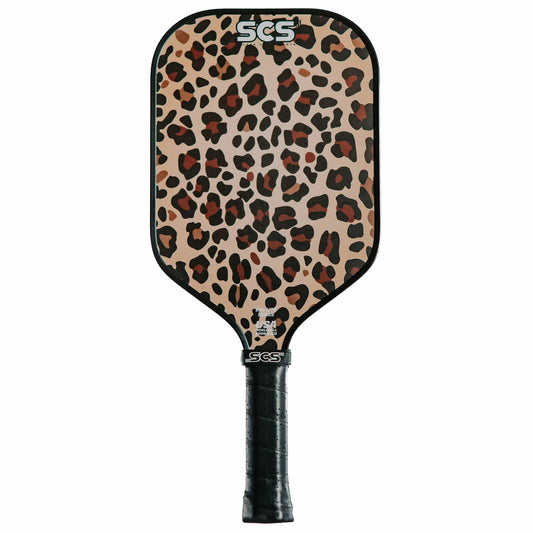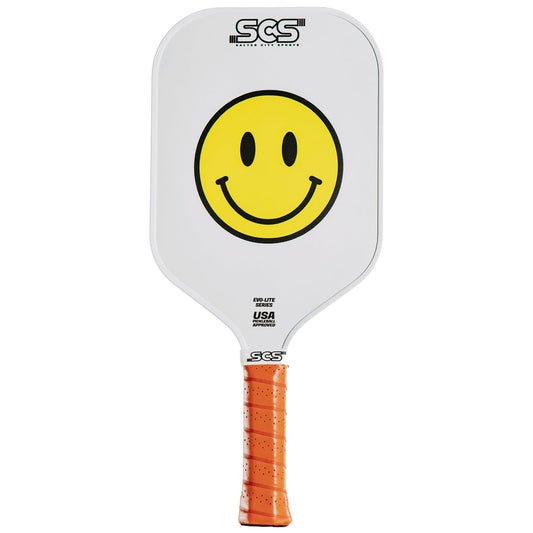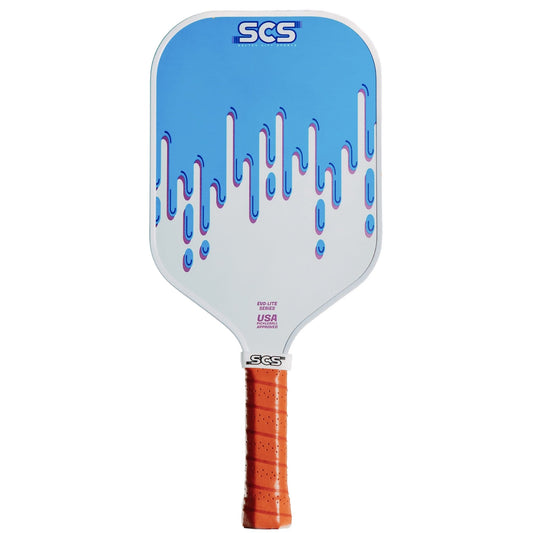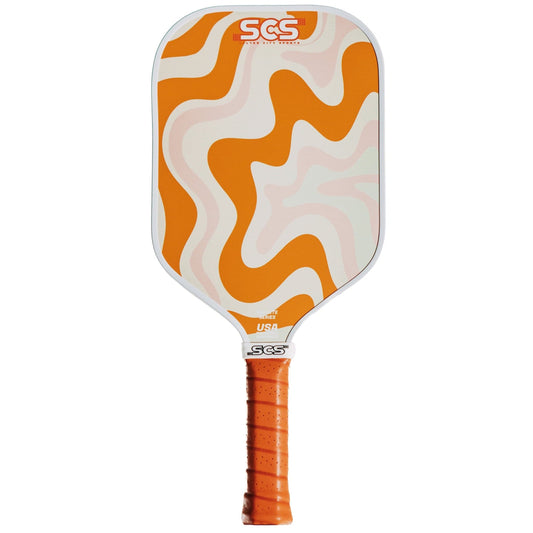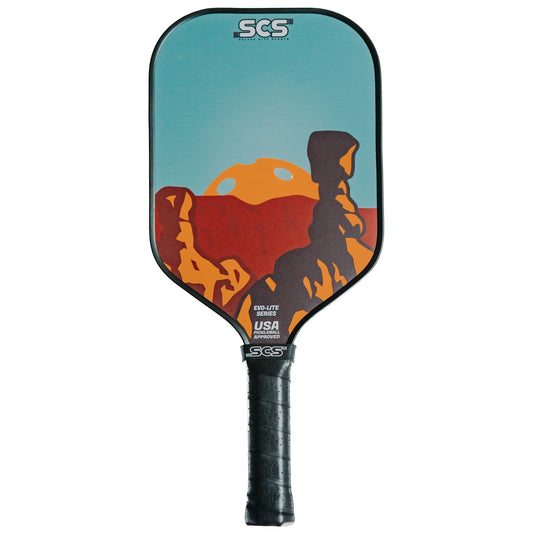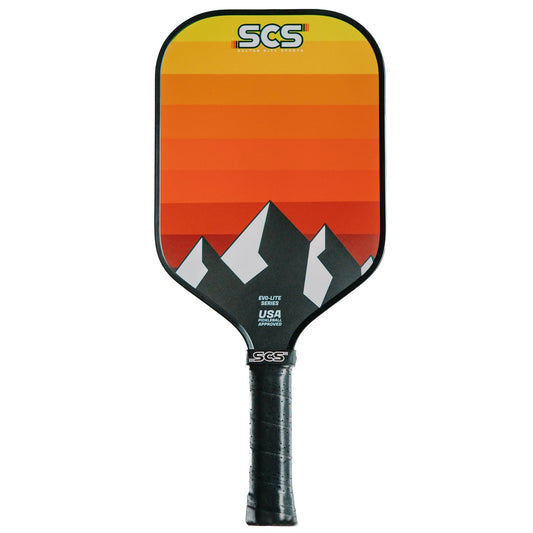As a seasoned pickleball player and coach with a decade of experience under my belt, I've come to appreciate the profound impact that a seemingly simple aspect of the game can have on your performance: the way you grip your paddle. Yes, you heard it right, the grip! Something as elemental as how you hold your paddle can drastically transform your pickleball game. Today, let's dive deep into this critical yet often under appreciated facet of pickleball play and unlock the potential that the right grip can bring to your game.
The Art of the Grip
Whether you're a beginner just dipping your toes into the vibrant world of pickleball or a seasoned player looking to elevate your game, understanding the grip's importance cannot be overstated. The grip is your direct connection to the paddle and, by extension, to the ball and the court. It determines the control you exert, the power you wield, and the variety of shots you can deliver.
But not all grips are created equal, nor do they serve the same purpose. There are three primary pickleball paddle grips: the Eastern, Continental, and Western. Each has its unique characteristics, advantages, and drawbacks, and each lends itself to a different style of play.
The Eastern Grip: The Gateway Grip
The Eastern Grip is the starting point for most pickleball players for good reason. This grip involves placing the base knuckle of your index finger and the heel of your hand on the third bevel of the paddle handle. It's straightforward, and intuitive, and enables a comfortable transition from other racket sports like tennis or badminton.
This grip's simplicity doesn't diminish its effectiveness. It offers a harmonious balance of power and control, making it perfect for baseline play and flat shots. However, it isn't without its drawbacks. The Eastern Grip may limit the amount of topspin you can generate, potentially making your shots more predictable and limiting your game's strategic depth.
For a rookie, the Eastern grip provides a solid foundation to build upon, but as players develop and seek to diversify their shot arsenal, they may find themselves needing something more.
The Continental Grip: The Versatile Virtuoso
As players gain experience and start seeking more nuanced gameplay, they often transition toward the Continental Grip. This grip, placing the base knuckle of your index finger and the heel of your hand on the second bevel of the paddle handle, is the jack-of-all-trades of pickleball grips.
The Continental Grip shines in its versatility. It allows players to execute a wide variety of shots, from slices and spins to finesse-driven dinks, without needing to shift grips. This agility between forehand and backhand shots makes it a favorite among seasoned players.
However, this versatility comes with a learning curve. The Continental Grip requires more wrist strength and flexibility and a nuanced understanding of paddle angles and shot mechanics. But once mastered, it can take your game to new heights.
The Western Grip: The Topspin Titan
Finally, we have the Western Grip. This grip involves placing the base knuckle of your index finger and the heel of your hand on the first bevel of the handle. The Western Grip is the go-to choice for players who love to play an aggressive game with a high topspin.
By allowing you to impart a significant topspin on the ball, the Western Grip can lend your shots an arc that can confuse and confound opponents. But it's not without its challenges. This grip makes executing slices and dinks more difficult, and the backhand can be a little tricky. It's also the most challenging of the three grips to master but for players desiring a topspin-heavy game, it may be worth the effort.
Finding Your Grip
So, which grip is the best? The answer, as in many aspects of pickleball and life, is: it depends. The best grip for you is largely determined by your comfort, playing style, and specific skills. The Eastern Grip is an excellent starting point for beginners, while the Continental Grip offers versatility for more experienced players. The Western Grip, while not as commonly used in pickleball, offers an aggressive topspin for those who prefer it.
Another large factor is which pickleball paddle you play with. Different paddles offer wider or smaller grips. Each grip size can alter how comfortable your paddle is as well as the playing style of the player.
But these are guidelines, not rules set in stone. As a pickleball coach, I always encourage my players to experiment with different grips and find the one that feels the most natural and enhances their game the most. After all, the grip is an extension of the player. It should feel like a natural continuation of your arm, offering both comfort and control.
In conclusion, mastering your pickleball grip is a game-changing skill. It's about finding the perfect harmony between comfort, control, and power to enhance your performance on the court. So, next time you step on the court, remember, it's not just about how well you hit the ball, but also about how well you grip your paddle. Happy playing, and keep pickling!
